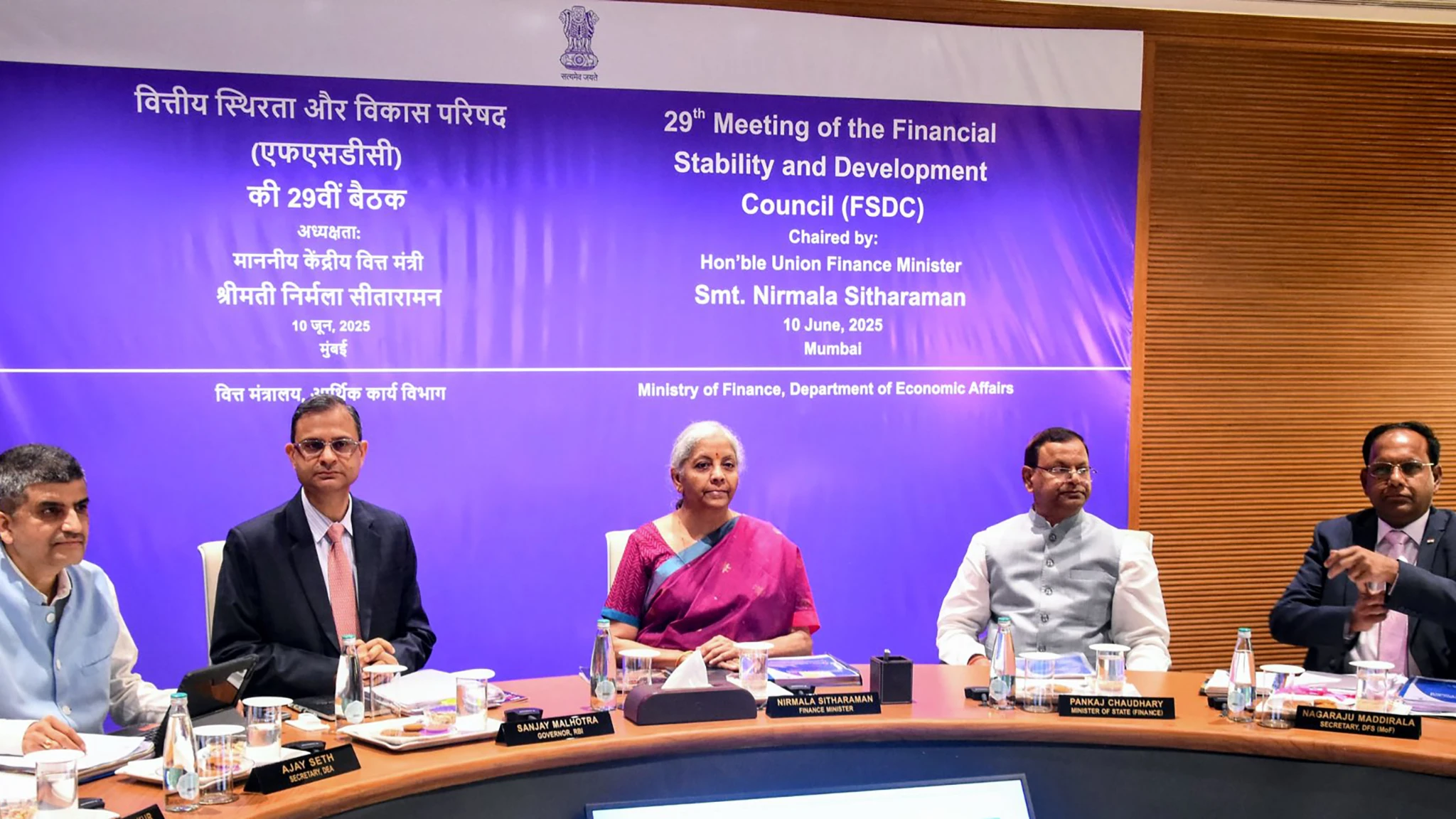President Trump’s latest tariff onslaught on Canada, Mexico and China has unleashed a fresh wave of anxiety across global markets. The tariffs, ranging from 10% to 25%, have sent tremors through energy, equities, commodities, and currency markets. For India, this development presents a mixed bag of challenges and opportunities, particularly for its economy and financial markets already showing signs of strain.
Double Edged Sword for India
While the tariffs on Canada and Mexico may have limited direct repercussions for India, the duties imposed on China could potentially offer a silver lining. India has been increasingly touted as an alternative manufacturing destination to China, a trend that could gather momentum with these new trade barriers. The ‘China plus one’ strategy, aiming to diversify supply chains, might see more businesses looking towards India, presenting a significant boost to our manufacturing sector.
However, there is a downside. The immediate spike in oil prices following the tariff announcement is a cause for concern. As a major oil importer, India could face a higher import bill, exacerbating inflationary pressures. Furthermore, the anticipated rise in US inflation and treasury yields could trigger capital outflows from emerging markets like India, as foreign investors seek safer, higher-return investments in US treasuries. This could put further pressure on Indian financial markets, which have already been on a downward trend.
IFSC Reforms – A Bold Step
Contrast this global trade turmoil with the proactive steps India is taking to strengthen its own financial infrastructure. The Finance Bill 2025, unveiled recently, is a significant move to bolster the International Financial Services Centre (IFSC). These reforms target key sectors like retail funds, insurance, ship leasing, and capital markets, aiming to make the IFSC a more attractive hub for global financial services.
The bill introduces tax reliefs for retail funds and ETFs operating within the IFSC, bringing them on par with Category-III AIFs. It also expands tax exemptions for non-residents involved in OTC derivatives and ODI businesses through the IFSC. These measures are designed to create a more competitive environment, encouraging foreign investment and positioning the IFSC as a viable alternative for global treasury centres.
India’s Opportunity in Global Flux
In a world grappling with trade uncertainties and protectionist measures, India’s focus on developing the IFSC could prove to be strategically astute. As global businesses reassess their supply chains and investment destinations in light of tariff wars, a stable and incentivised financial hub like the IFSC could become increasingly appealing. The reforms aim to attract not just foreign capital, but also to foster a vibrant ecosystem for financial innovation and growth within India.
Will these reforms be enough to transform the IFSC into a truly global financial powerhouse? The global economic landscape remains volatile, but India is certainly playing its cards right. By focusing on strengthening its financial infrastructure and attracting global businesses, India is positioning itself to potentially benefit from the very uncertainties plaguing the rest of the world.
What does this mean for Indian markets in the short term? Expect continued volatility as global trade tensions play out. However, in the long run, proactive policy measures like the IFSC reforms could lay the foundation for stronger economic growth and a more resilient financial sector.










Leave a Reply